[ad_1]
Last Updated on January 23, 2024
Ah, recycling the one thing that everyone grabs onto in the hopes that they are a GOOD environmentalist.
Did that read too negative coming from this website?
You know me, I love positivity and I love talking about small actions that people can take to be more eco-friendly, but I’m tired of hearing people say, “I love the planet! I RECYCLE!” like that’s the only thing that matters.
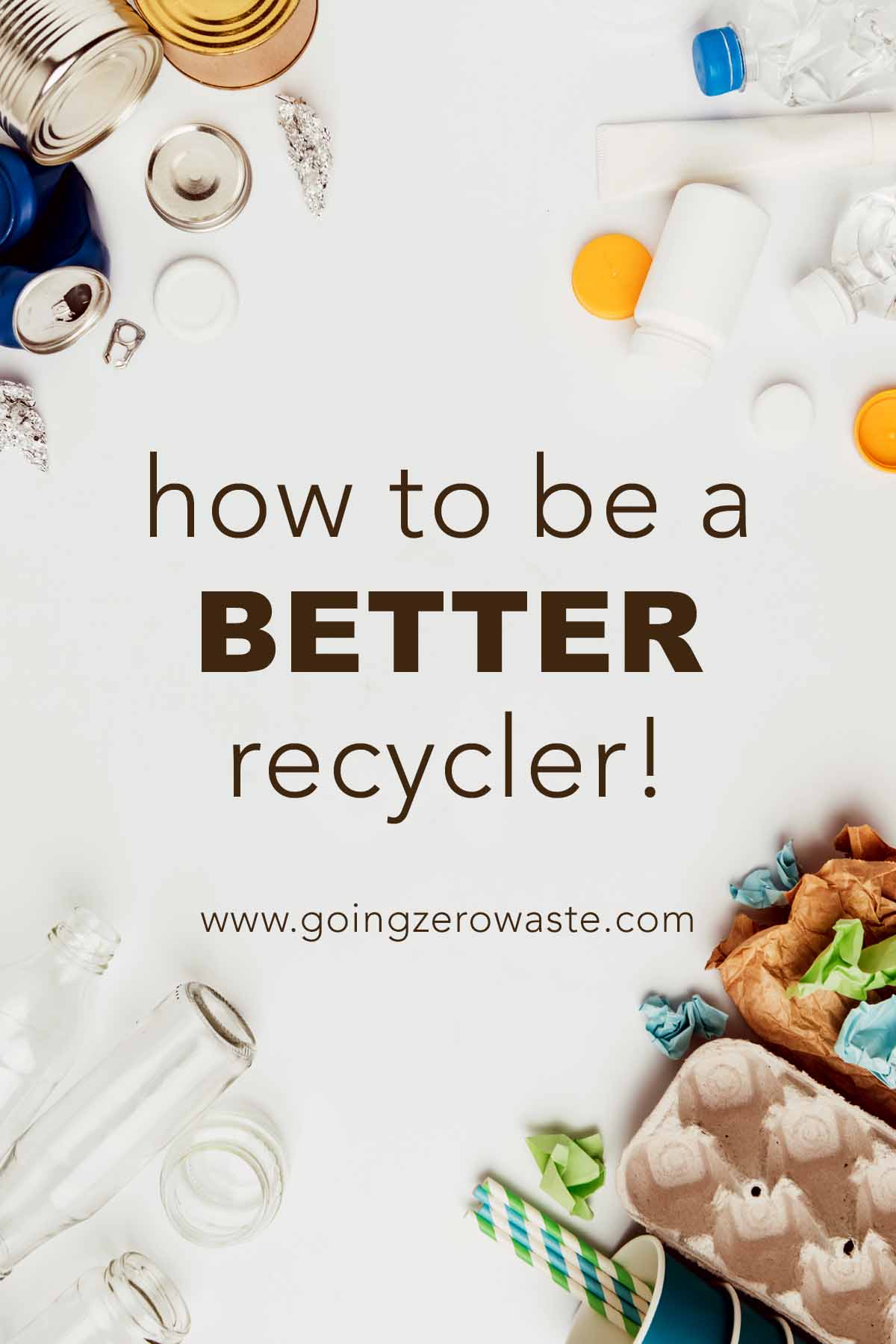

Don’t get me wrong, recycling is great, and I think it’s important, but we can’t stop at recycling.
There are two other words in the phrase “Reduce, Reuse, Recycle,” and we just glance over the first two like they don’t even matter.
And, that’s totally not our fault. That’s what’s been drilled into us since we’re kids for one very important reason.
If I’m a business which of these words will sell more products?
-
Reduce
-
Reuse
-
Recycle
If you picked #3, you’d be correct! If your only goal was to make a huge amount of money and encourage consumption, what better way than recycling?
Recycling is green and good for the planet, but it doesn’t hinder sales.
In fact, it’s been proven to increase consumption.
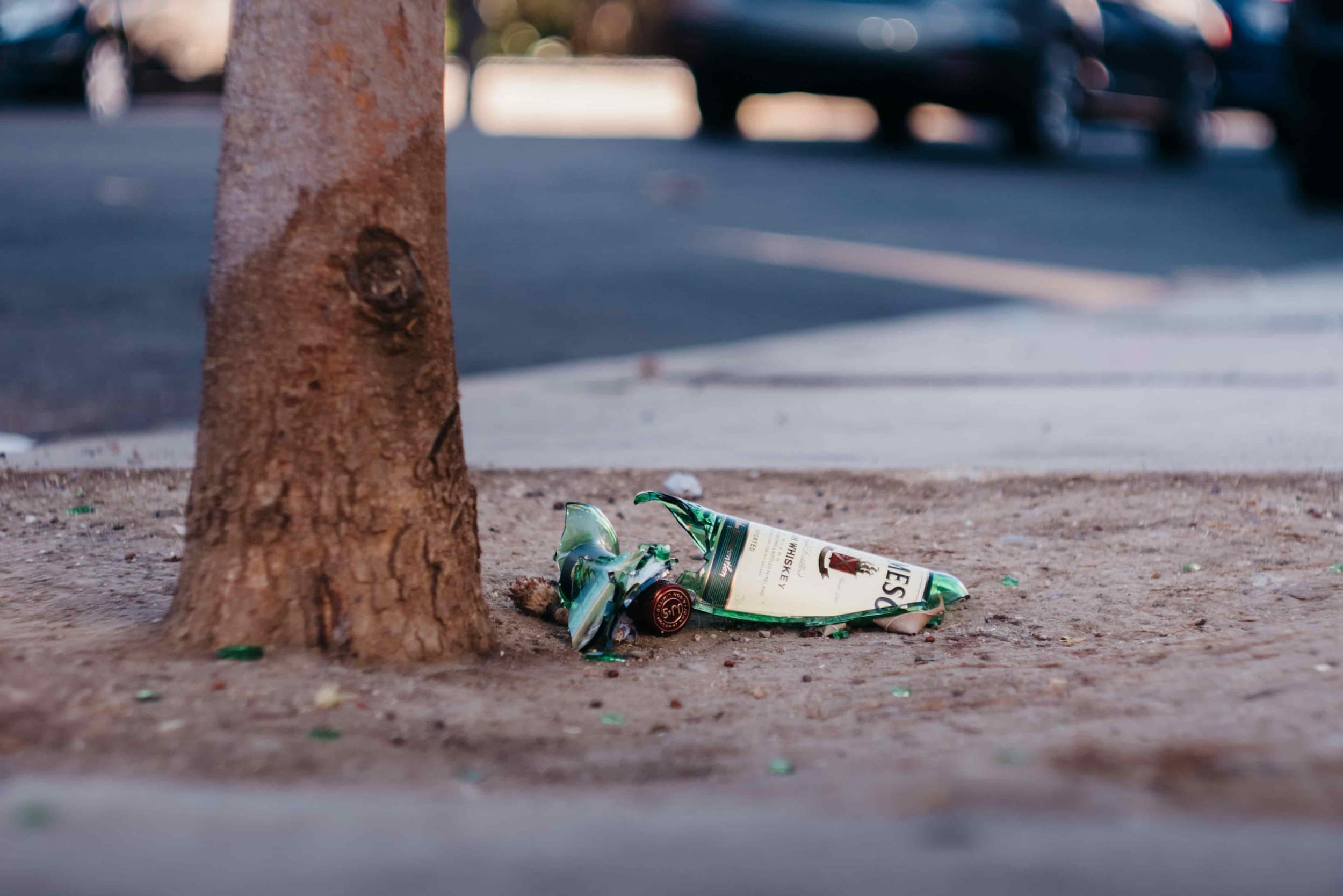

A study was done at a sampling table.
If there was a trash can by the drink sampling table, people would reuse the first cup to sample the different flavors.
If there was a recycle bin by the drink sampling station then people would use a new cup every time.
When we recycle we get this really good feeling, it makes us happy.
We feel like we’re AMAZING all the while glazing over the fact that we need to first reduce and reuse.
This is because we don’t think about a products life span.
Most people just think, “I like it, I get it,” never stopping to consider where that item came from or how it was made, etc.
We tend to put a lot of blind faith in recycling without recognizing that recycling has a lot of issues….
Everyone tends to view recycling as a charity, but it’s a business.
In order for something to be recycled there has to be a demand in the market for that product.
Often times, especially plastic, it’s cheaper to use virgin materials than it is to use recycled materials.
I made a video series that goes over all of my thoughts on recycling.
-
Why the recycling system is broken
-
How we can improve recycling
-
What is recycling contamination and how we can fix it
-
A breakdown of materials and the right way to recycle things like paper, glass, plastic, steel, and aluminum
-
Why I have hope for the future of recycling!
I want to write a bit more about solutions and my hopes for the future of recycling because I’m your favorite source of environmental positivity – obvi. 😉 And, I’m actually glad that China stopped accepting our trash.
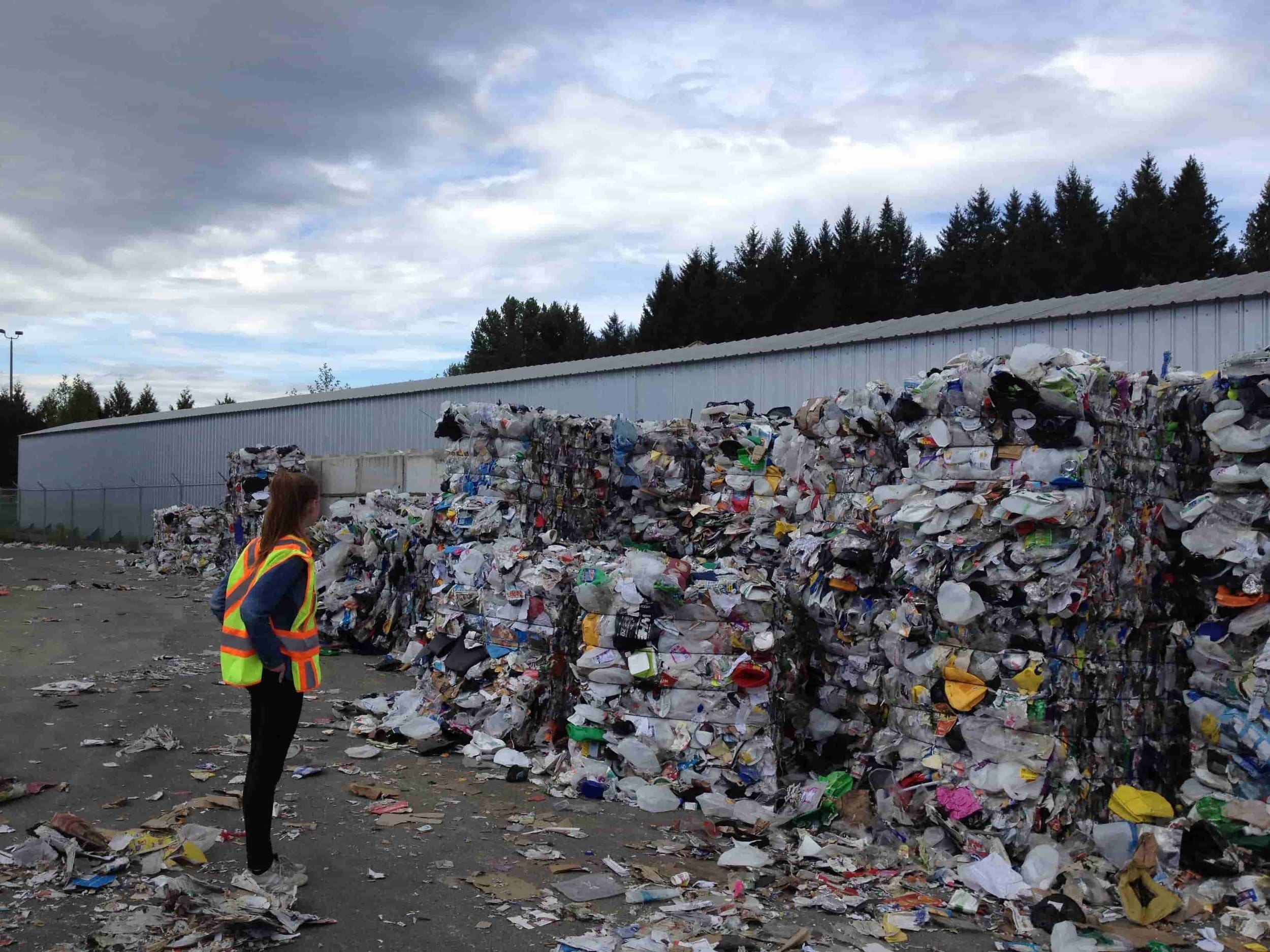

the FUTURE of recycling:
If you remember from the post on eco-anxiety, getting a good view of the future is one of the ways to encourage positive change and help others see what they’re fighting for.
banish single stream recycling:
Many countries have different bins for different types of materials.
In the US most of us have a single stream which means we dump all of our recycling into one bin because that’s supposed to make it “easier.”
Of course, this leads to contamination, and I think it makes recycling harder.
Many people don’t know what is and isn’t recyclable.
When there’s only one bin, a lot of wishcycling happens.
Wishcycling is when you put something in the bin HOPING that it will be recycled even though it won’t be.
Think Christmas lights, water hoses, dead animals, dirty diapers, bowling balls, shower curtains, shredded paper – yes these are all very common items at the recycling plant.
And, no, none of them are recyclable.
When you put something in the recycle bin WISHING for it to be recycled, you do more harm than good.
Recycling is a business! When incorrect materials arrive this can clog the machines, slow down the workers, stop the machines, and create contaminated bales of recyclables that no one will purchase. I.e. result in all of the correct recyclables being landfilled.
Yep. A rogue contaminated recyclable can cause an entire BALE to go to the landfill.
The best way to avoid this is to look up what your waste hauler accepts on their website.
But, I think switching to multi-stream recycling system would really help too.
If you had multiple bins and if they only accepted certain items it would take a lot of the guess work out.
If you had a bin that said Plastic 1-5, tins and cans, glass bottles, cardboard and paper.
The likely chance of throwing in a bowling ball or hose is a lot less likely since each bin is so clearly labeled.
This is also how most of the world recycles, and it seems to be working out a bit better for them!
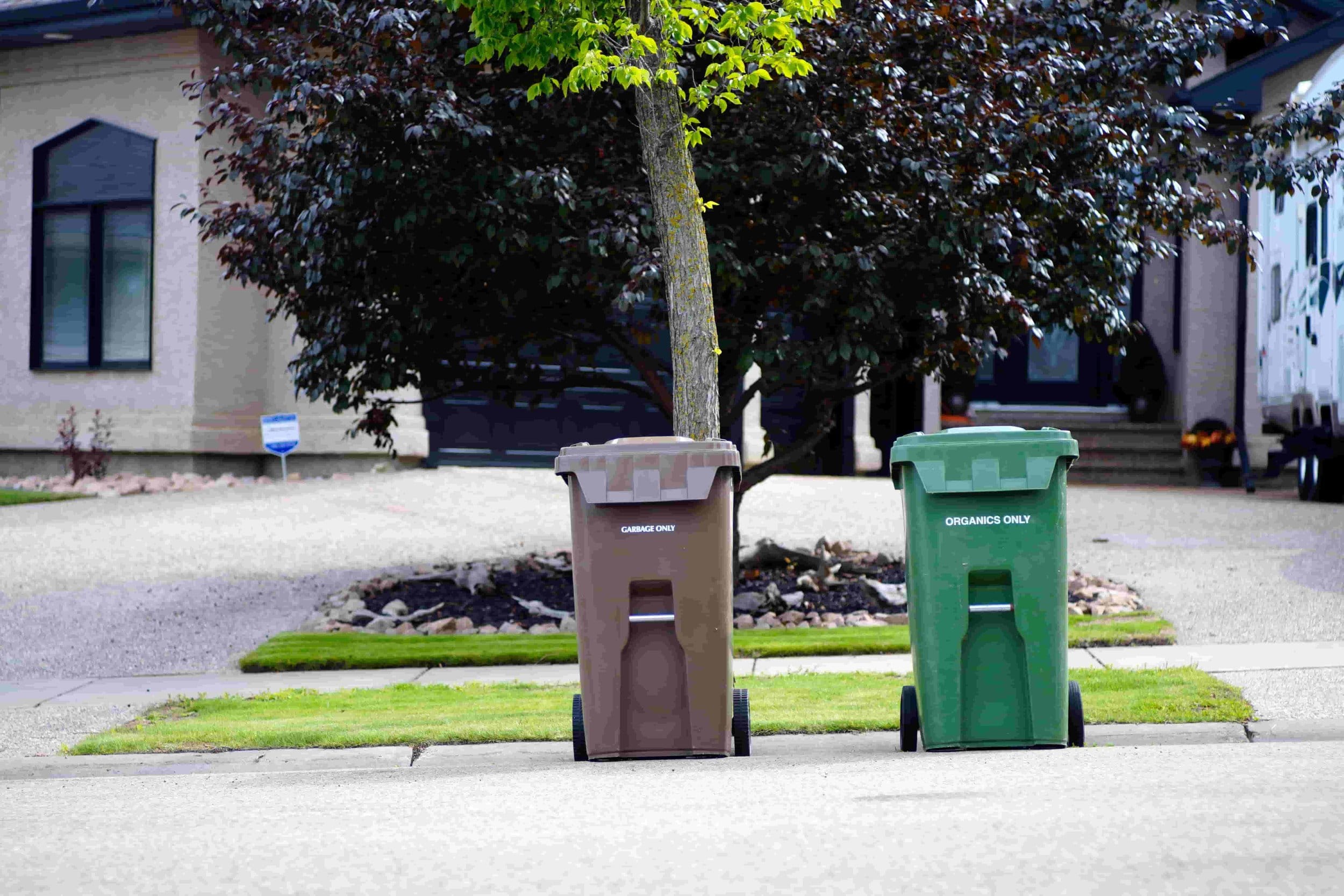

GAMIFICATION:
I love the idea of turning eco-friendly living into a game.
There are so many ways to do this effectively.
Think getting a smiley or frowny face on your electric bill or anonymously comparing the neighborhood’s electricity consumption to see how you stack up.
This encourages people to save energy because they want to be the best!
Many electric cars rate your driving.
When you see a score, you want to improve it! This means you’ll be driving more efficiently and saving energy.
The same thing is happening with our recycling.
Waste Management has cameras on their truck so they can see how contaminated the residents recycling is.
If you’re doing an excellent job of recycling, they’ll put a smiley face on your bin! If you do poorly, they’ll put a frowny face and more information to help you recycle better.
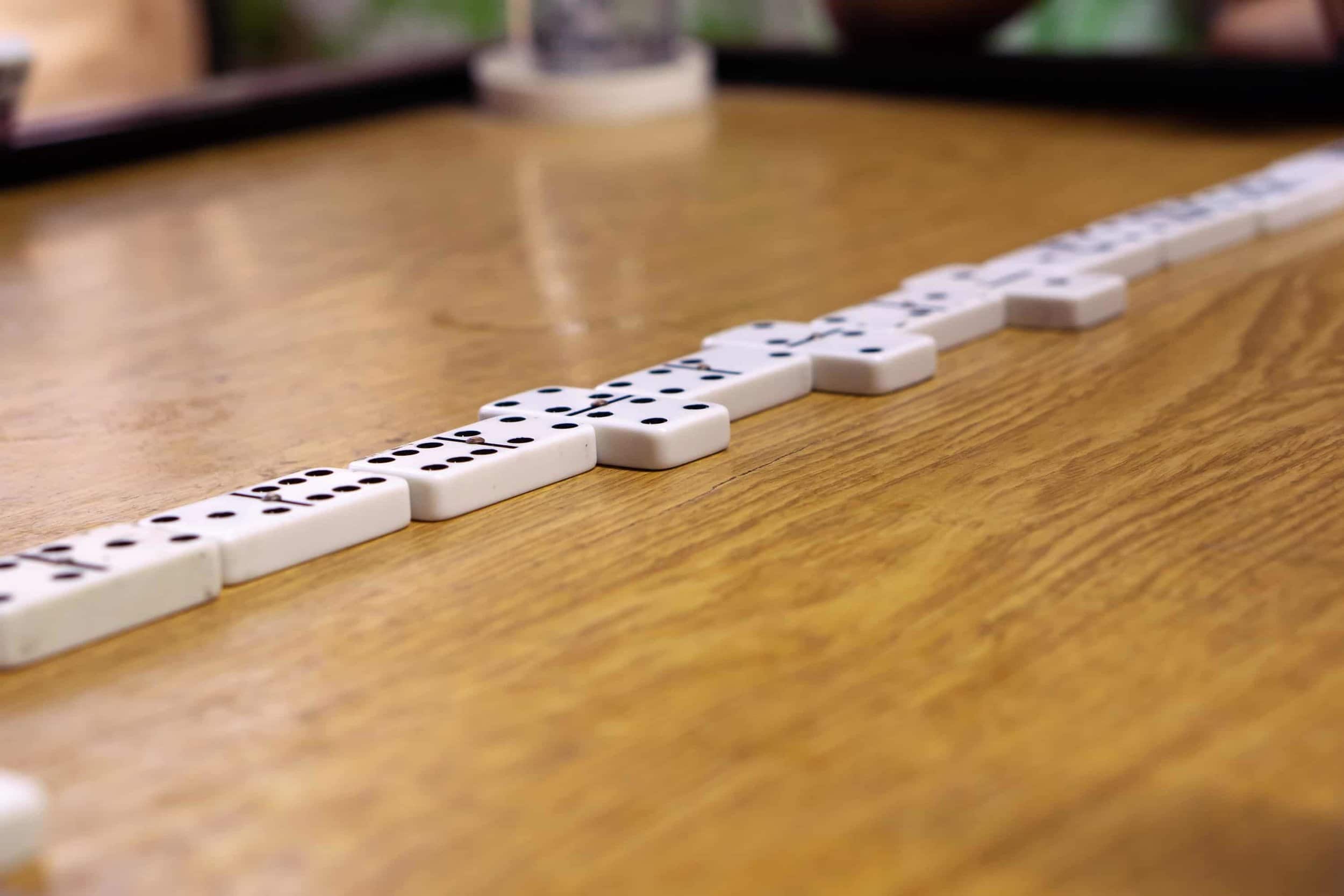

regulation:
We honestly need more regulation when it comes to recycling.
Recycling varies wildly from town to town, county to county, state to state, sometimes it feels like block to block.
The best way to combat this is to get some generic rule out there for everyone to follow.
Let’s regulate the most commonly recycled items and make sure that everyone knows how to recycle at least the basics!
Then make it CLEAR on every waste management companies website what else they accept above the regular.
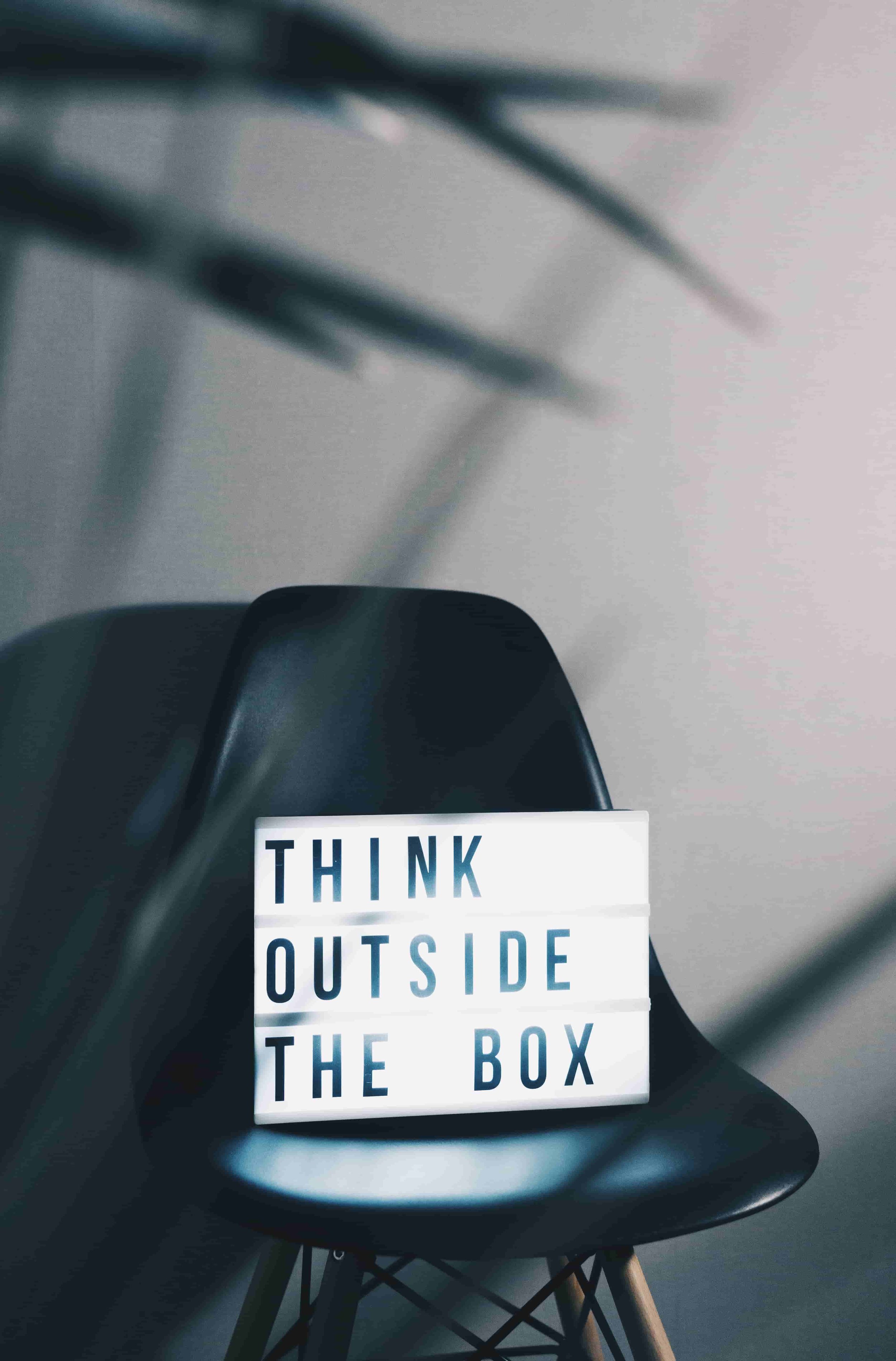

design for it:
Why aren’t product designers creating products with the end of life in mind? Waste, trash, it’s all poor design.
We can design ourselves out of this problem fairly easily.
If we had better regulations and standards on what is actually recyclable, we could work backwards so products could have a guaranteed second life.
I say ‘actually recyclable’ because the material should be able to be recycled in today’s current system.
Not metaphorically recycled in some fantasy land because, yes, companies use this as an excuse ALL the time.
Just because something CAN theoretically be done, doesn’t mean it’s scaleable, cost efficient, or practical.


corporate responsibility:
Lastly, we need more corporate responsibility.
We need companies willing to step up and take their products back, offer warranties, aiding in repairs, and generally facilitating the circular economy.
I’m excited that many companies are stepping up to take control over end-of-life.
We’re seeing this a bit with Terracycle.
Companies are committing to having their products repurposed, but I would really like for companies to take it further.
I’m especially excited about Loop which is returning to the milk man model.
I think this is just the beginning and more companies will be moving to circular models as long as we keep encouraging them!
I really hope that you enjoy the videos!
[ad_2]
Source link
